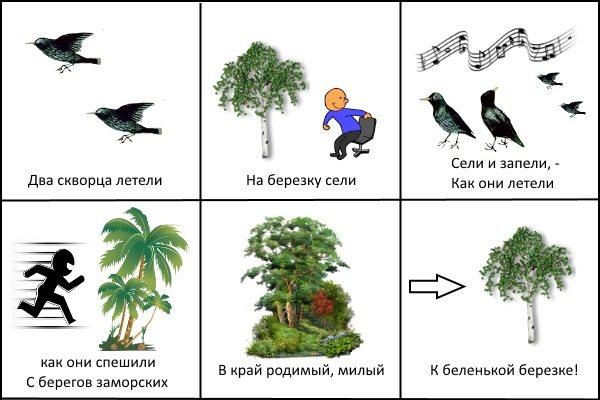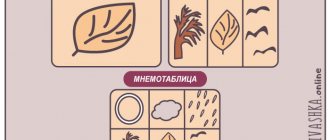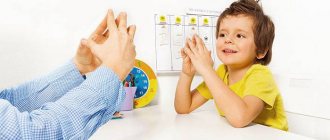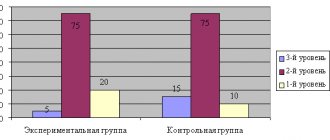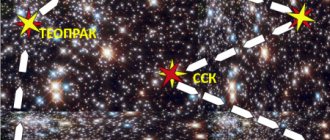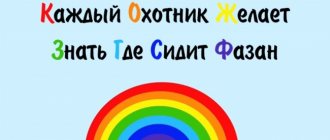Using mnemonic techniques in children's speech development
Batagovskaya Natalya Nikolaevna Malyavina Natalya Nikolaevna educators MBDOU DS No. 27 “Beryozka” Starooskolsky urban district
Today, figurative speech, rich in synonyms, additions and descriptions, in preschool children is a very rare phenomenon. This is monosyllabic speech, consisting only of simple sentences, and the inability to form a common sentence grammatically correctly. At the stage of completing preschool education, the child must have good command of oral speech, use speech to express his thoughts, feelings, desires, and highlight sounds in words.
One of the methods for developing children’s coherent speech is “mnemonics.”
Mnemonics is a system of methods and techniques that ensure successful memorization, preservation and reproduction of information.
Having analyzed all the problems and reasons for the underdevelopment of coherent speech in our group, the goal of the circle work was outlined: to teach children to express their thoughts coherently, consistently, and grammatically correctly, through the use of mnemonics.
A special place in our work with children of senior preschool age is occupied by the use of mnemonic tables.
A mnemonic table is a diagram that contains certain information. The essence of the mnemonic diagram is as follows: for each word or small phrase, a picture (image) is created; Thus, the entire text is sketched out schematically, looking at these diagrams - drawings, the child easily remembers the information.
Advertising message
Symbols of a diverse nature can act as conditional substitutes (elements of the table): geometric figures, symbolic images of objects (symbols, silhouettes, outlines, pictograms), plans and symbols used in them, a contrasting frame - a technique of fragmentary storytelling, and many others.
Work using the method of mnemonic tables consists of several stages:
- Examination of tables, diagrams and analysis of what is depicted.
- Recoding of information, that is, transformation from symbols to images.
- Retelling or storytelling based on symbols (images), that is, the memorization method is being developed.
Children have significant difficulties when composing stories based on the picture. Let us dwell on teaching storytelling based on a separate plot picture “Winter Fun”.
Storytelling consists of 3 stages:
- – highlighting fragments of the picture that are significant for the development of the plot;
- – determination of the relationship between them;
- – combining fragments into a single plot.
We all understand that memorizing poems (pure sayings, tongue twisters, counting rhymes, riddles) brings enormous benefits to a child: their horizons broaden and their memory develops. For better memorization, even a simple schematic diagram of a line or semantic fragment is enough for a child.
1. Pure saying “A fisherman catches fish, all the catch floats into the river”
2.Riddle “One entrance, three exits” – shirt
3. Riddle “The grandfather is sitting in 100 fur coats, whoever undresses him sheds tears” - bow
4.Reader “Glass, lemon, get out, glass of water, get out”
- Poem "White Birch"
Gradually the child begins to show creative independence. Thus, there is a gradual transition from the creativity of the teacher to the joint creativity of the child and the adult. If at the initial stage of work we provide ready-made schemes, then at the next stage we collectively put forward and discuss various versions and select the most successful options.
1. Tongue twisters “6 little mice are rustling in the reeds”, “Sasha knocked over a bump with her hat”, “Our Masha washed her neck in the shower.”2. A retelling of L. Tolstoy’s story “The Bone.”
As a result of using mnemonic tables:
Children's range of knowledge has expanded; there was a desire to retell texts and come up with interesting stories; there was an interest in learning poems and nursery rhymes, tongue twisters, riddles; vocabulary increased; children overcome timidity and shyness.
Thus, the use of mnemonics for preschoolers is currently becoming more and more relevant.
All you need for the job is a piece of paper, markers and a little imagination. And teachers can’t borrow it.
Bibliography:
- Vorobyova V.K. “Methods for the development of coherent speech in children.”
- Glukhov V.P., “Formation of coherent speech in preschool children”
- Voroshnina L.V., “Teaching creative storytelling to preschool children.” Zh-l, Preschool education", 1991, No. 2,3,4.
- Tkachenko T.A. “The use of diagrams in composing descriptive stories.” Journal "Preschool education", 1991, No. 10
Common speech problems in preschool children
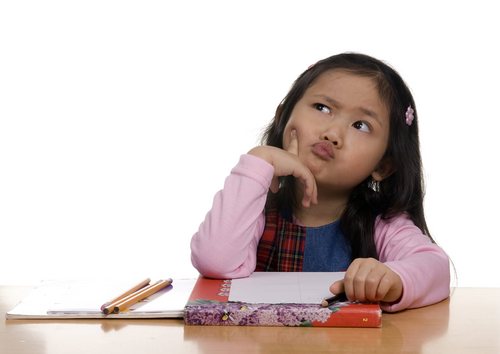
In most cases, girls and boys of preschool age should already be able to fully operate with synonyms and a variety of images, describe all current events, using vivid, but at the same time grammatically correct word forms. But, unfortunately, not all preschoolers can boast of such skills. Most children face various speech problems:
- Inability to compose long, complex sentences - the child’s speech consists exclusively of simple, laconic sentences.
- The child cannot independently formulate a logically correct and complete sentence.
- Systematic use of non-literary vocabulary.
- Minimal, poor vocabulary that does not correspond to the child’s age category.
- A preschooler cannot independently formulate questions and answer questions posed.
- Poor level of diction.
- A preschooler cannot draw correct logical conclusions and statements.
To correct such speech defects, mnemonics are often used, which have become widespread among many specialists.
Production of mnemonic tables
Making educational mnemonic tables for speech development does not require any special skills or artistic talent. A word or short phrase is selected, as well as an image that will clearly illustrate the selected word.
For children of primary preschool age, it is best to use tables with bright, colorful pictures - thanks to images of a squirrel, bunny or flower, the child remembers the material much faster and easier.
After some time, after the children have carefully studied the phrase and the image that characterizes it, you can replace the picture with graphic symbols. For example, draw a Christmas tree with a green triangle, and a hare with a gray or blue circle. Below is shown how, using the example of the fairy tale “Ryaba Hen,” you can make mnemonic tables with gradual complication in the form of replacing pictures with graphic symbols:
Mnemonic table with pictures only.
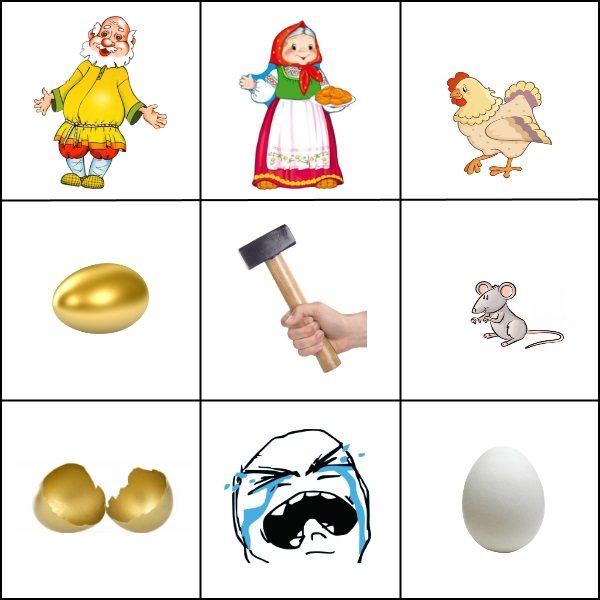
Add some graphic symbols.
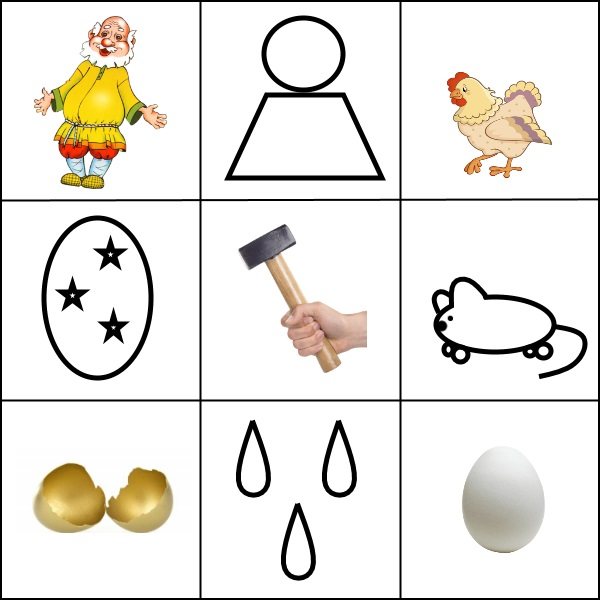
Replace all pictures with graphic symbols.
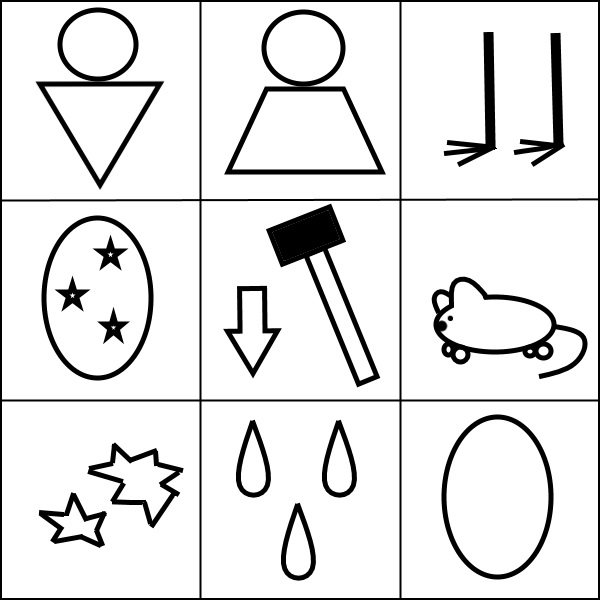
Most often, for the development of coherent speech in preschool children, ready-made diagrams and tables developed by V.K. Vorobyova or T.A. Tkachenko. But it is worth remembering that such model schemes cannot be called universal - they can only become the basis in the learning process of each individual child. The teacher can independently refine, improve and correct ready-made model diagrams.
In most cases, educational mnemonic tables are used to teach children the main features of a particular subject. Therefore, the main topics in such tables may be the study of the color, shape, size, texture (soft or hard) of a particular object. In addition, the educational mnemonic table can answer the following question:
- What elements does this item consist of?
- What is this thing used for?
- What can you do with this item and what can’t you do with it?
This is an approximate list of questions that the child should answer after studying cards with images and mnemonic tables.
What is mnemonics?
Mnemonics – literally translated from Greek means “the art of memorization.” This is a certain system of techniques and methods, the action of which is aimed at the most effective preservation, reproduction and memorization of the received material.
The name of this technique is absolutely no coincidence - it comes from the name of the ancient Greek goddess of memory, logic and prudence named Mnemosyne. Mnemonics is a popular technique, the essence of which is the most accelerated development of coherent speech, based on the visual perception of information with its further reproduction using images.
The main point of using a mnemonic table for children is the following: to determine a specific word or phrase, a specific image (picture) is used, with the help of which a schematic sketch of the word is made. By carefully studying the presented images, the child can quickly memorize and reproduce text material, which helps the development of speech for preschoolers.
Features of using mnemonic tables for teaching children
Today, mnemonics are one of the easy-to-use, easy, convenient and highly effective techniques for the development of coherent children's speech and accelerated memorization of material, which are implemented through schematic mnemonic tables and graphic images.
At the same time, this technique helps to formulate the baby’s speech, replenish his vocabulary with beautiful, complex and correctly constructed phrases and sentences. The essence of all mnemonic techniques is the transformation of textual, verbal information into visual images. Despite the fact that many preschool-aged children perceive their first lessons very painfully, believing that they will not succeed, in the future the children really enjoy the educational process. Not only is it extremely informative, but it is also very interesting, engaging and fun, like a game.
Most often, in the case of using mnemonic tables for the development of coherent speech of preschoolers in preschool institutions, the following scheme is used:
- The teacher shows the children cards with bright and colorful pictures indicating a certain phrase or sentence.
- The next stage is the study of so-called mnemonic tracks. This is a series of pictures, consisting of about four images, with the help of which the child can tell a simple story.
- The most difficult stage is the direct use of the mnemonic table for teaching coherent speech to preschoolers. Thanks to this method, preschool children learn to reproduce longer and more complex stories and stories.
Varieties of mnemonic devices for the development of coherent speech in preschoolers:
- Cards with an algorithm for certain actions - for example, the sequence of morning activities (washing, brushing teeth, breakfast, getting dressed).
- Mnemonic tracks with a series of different images that tell a specific story or story. For children of primary preschool age, fairy tales are most often used.
- Techniques for faster and easier assimilation of information and study of poetry.
An example of using the fairy tale “The Three Little Pigs”.

An example in the use of a poem.
